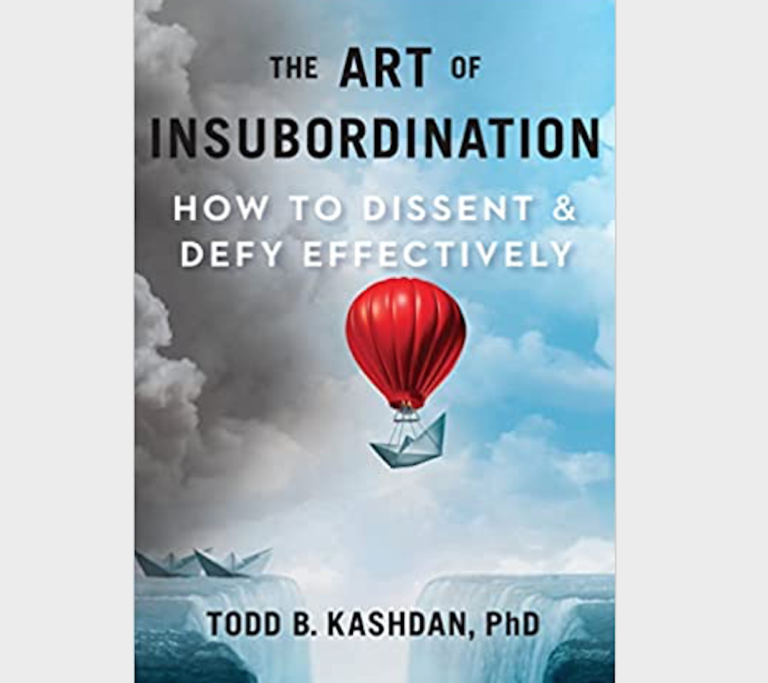Tags
ADHD adolescence attention book review boundary conditions classroom advice conference speakers constructivism/direct instruction creativity desirable difficulty development dual coding education elementary school embodied cognition emotion evolution executive function exercise experts and novices gender high school homework intelligence long-term memory math methodology middle school mindfulness Mindset motivation neuromyths neuroscience online learning parents psychology reading retrieval practice self-control skepticism sleep STEM stress technology working memoryRecent Comments
- Understanding Test Anxiety on Test Anxiety: How and When Does It Harm Students?
- A Skeptic Converted? The Benefits of Narrative |Education & Teacher Conferences on Help Me Understand: Narrative Is Better than Exposition
- Debate #4- Cell phones be banned from the classroom. | Aradhana's blog – ECI830 on Cell Phones in the Classroom: Expected (and Unexpected) Effects
- The Rare Slam Dunk? Blue Light Before Bed |Education & Teacher Conferences on “Writing By Hand Fosters Neural Connections…”
- Andrew Watson on “You Can Find Research that Proves Anything”
ABOUT THE BLOG

Learning How to Learn: Do Video Games Help?
Long-time readers know: I like research that surprises me. If a study confirms a belief…

The Art of Insubordination by Todd Kashdan
The Art of Insubordination: How to Dissent and Defy Effectively, a provocative title in a…

Don’t Hate on Comic Sans; It Helps Dyslexic Readers (Asterisk)
People have surprising passions. Some friends regularly announce that the Oxford comma is a hill…

Perspectives on Critical Thinking: Can We Teach It? How Do...
Imagine the following scenario: A school principal gathers wise cognitive scientists to ask a straightforward…
